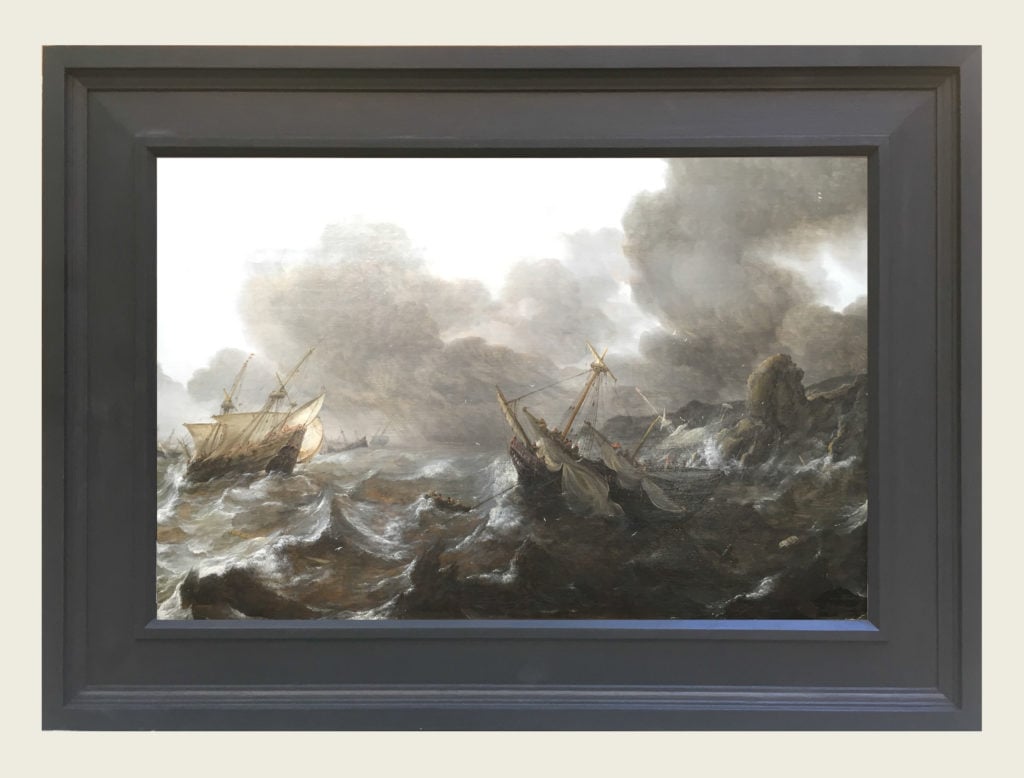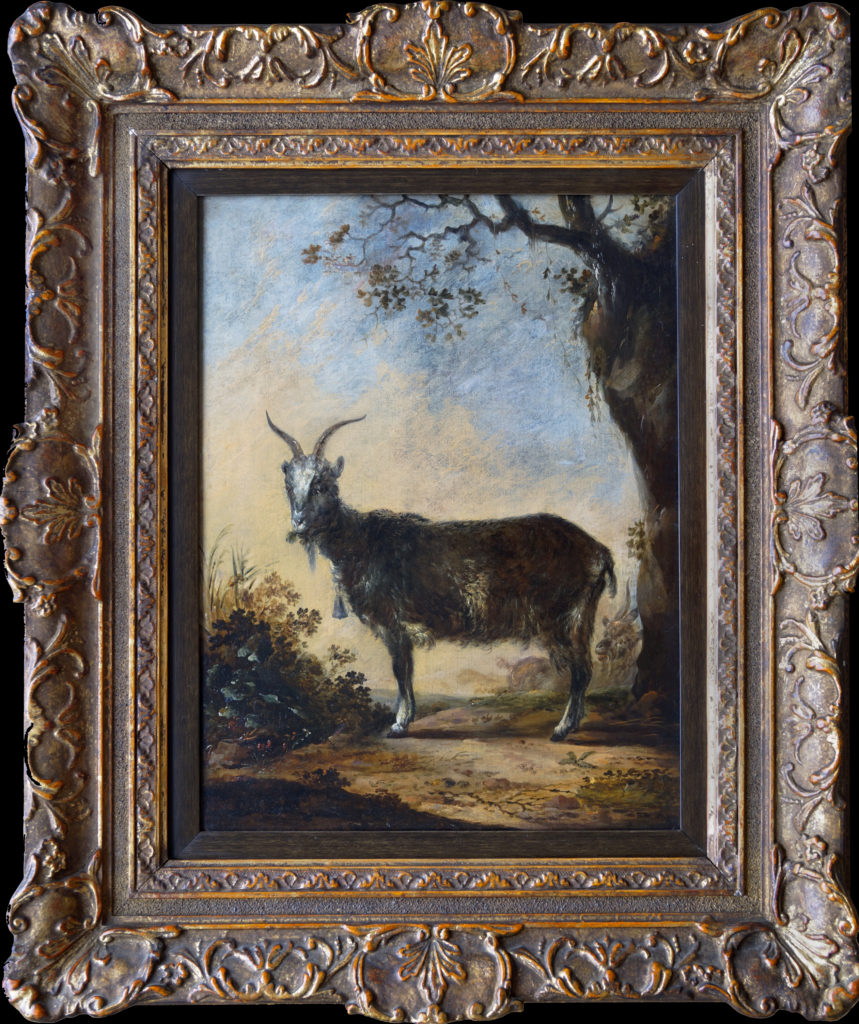Law & Politics
Two Dutch Old Master Paintings Returned to Jewish Art Dealer’s Estate
The paintings were forcibly sold during the Nazi regime.

The paintings were forcibly sold during the Nazi regime.

Alyssa Buffenstein

Two paintings that were forcibly sold by German-Jewish art dealer Max Stern were returned yesterday at a restitution ceremony at the Canadian Embassy in Berlin, according to a statement from Concordia University. They are the 14th and 15th paintings to be returned to the Max and Iris Stern Foundation and its beneficiaries, Concordia University and McGill University in Montreal, and the Hebrew University in Jerusalem.
Ships in Distress on a Stormy Sea by Jan Porcellis and Landscape with Goats by Willem Buytewech the Younger are both works by Dutch Old Masters. The former, which had been sold to secure a visa for Stern’s mother, was in the possession of Auktionshaus Metz in Heidelberg. The latter, sold at a forced auction in Cologne during the Nazi period, was recently consigned to Auktionshaus Stahl in Hamburg.
An anonymous tip alerted the Stern Foundation about the Porcellis painting, while the Buytewech was flagged by the German Lost Art Foundation. Both auction houses were then put in contact with the Holocaust Claims Processing Office in New York City, and were returned after “amicable exchanges.”

Willem Buytewech the Younger , Landscape with Goats. Image courtesy Max and Iris Stern Foundation.
Max Stern was born in München-Gladbach (today’s Mönchengladbach) in North Rhine-Westphalia in 1904, the son of art dealer Julius Stern, who founded an eponymous gallery in Düsseldorf in 1913. Max took over the gallery in 1928, but in 1937, he was forced to close his gallery and auction his wares; paintings and prints that weren’t sold were later confiscated by the Nazis.
Eventually, Stern made his way to Canada as a refugee, and soon began promoting Canadian art through the Dominion Gallery. In 1948, he began making restitution claims for 20 artworks. He died in 1987, and his estate now continues efforts to track down works that once belonged to his gallery through the Max Stern Art Restitution Project.
Additionally, the German friends of the Hebrew University are currently creating a program to accelerate the process, by offering tax certificates to owners of Stern works who come forward and return them.